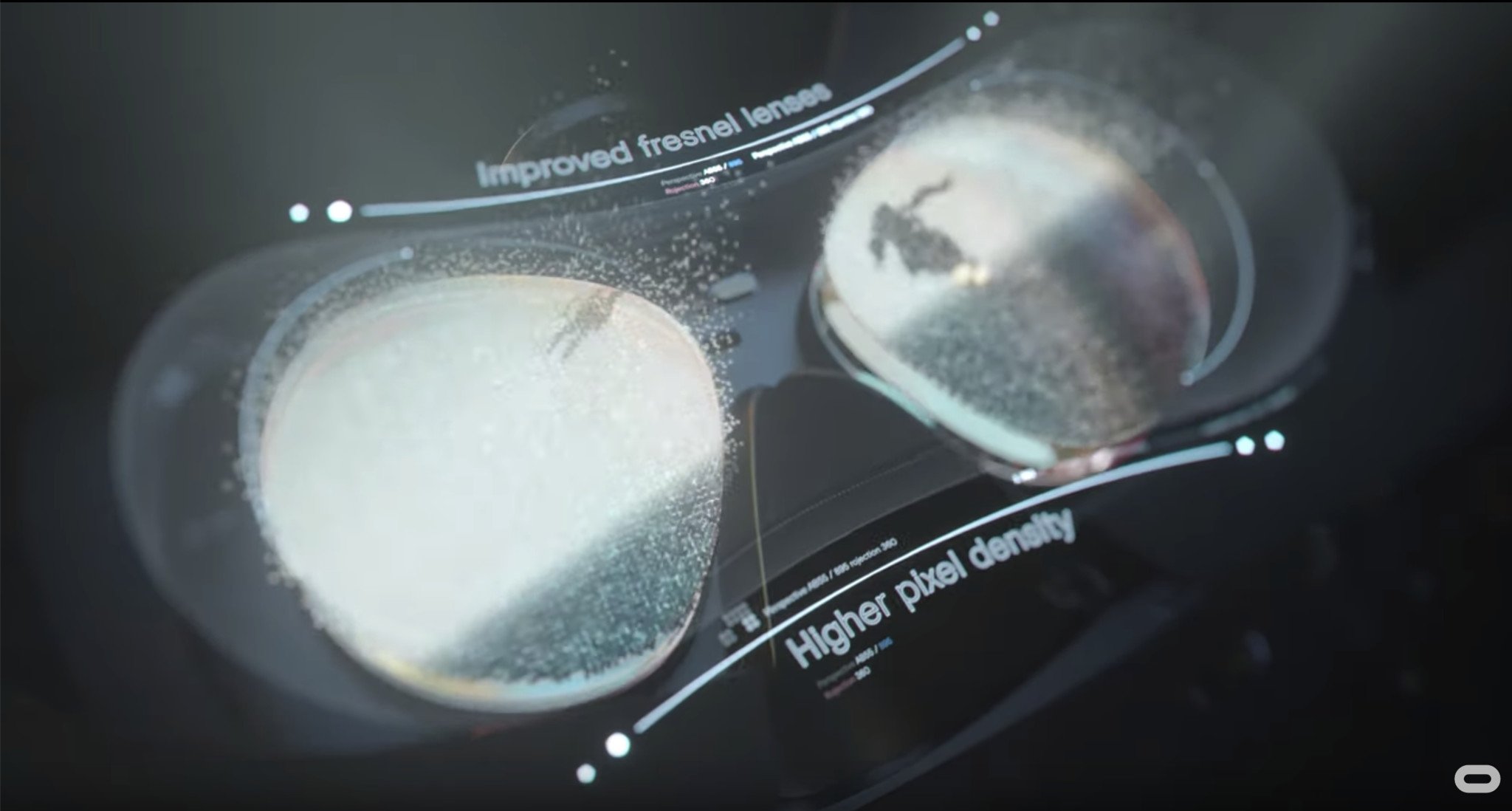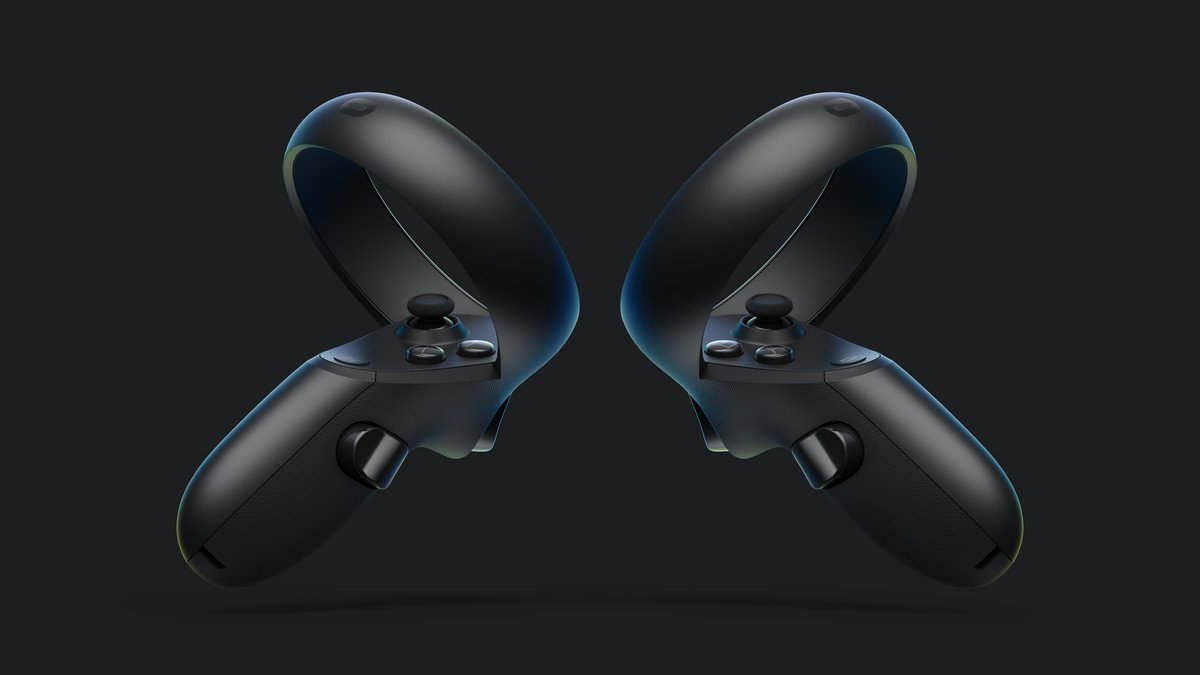Oculus' latest VR headset delivers easier setup and a better experience.
After all the hype surrounding Oculus co-founder Brendan Iribe's exit from the company in October 2018, many VR fans were concerned with the state of the evolution of the Oculus Rift. The Consumer Version 2 (CV2), which was believed to be in the works under the codename "Caspar," was shelved, and Oculus instead set out to release an upgraded Rift CV1.
Revealed at GDC 2019, the Oculus Rift S might not be exactly what a lot of us imagined for the next Rift, but it's nevertheless an impressive piece of hardware that brought a major overhaul to the aging Rift. It's the easiest and one of the least expensive ways to get into PC VR, with no external cameras or sensors needed to enjoy full room-scale VR.
The latest Rift
Oculus Rift S
$399 at Amazon $399 at Walmart
Powerfully simple VR
The Oculus Rift S is the latest PC-powered headset from Oculus. With better lenses, a decrease in screen-door effect, and no external cameras or sensors to setup, the Oculus Rift S is the easiest way to dive into PC VR.
What's new with Oculus Rift S?
The Oculus Rift S was officially released May 21, 2019, alongside its wireless sibling Oculus Quest. You can pick up a Rift S with Touch controllers for $399.
What is the Oculus Rift S?
Oculus announced the Oculus Rift S at GDC on March 20, 2019. It's the next evolution of the PC-powered Oculus Rift, bringing improved Fresnel lenses, higher pixel density for less screen-door effect (SDE), Oculus Insight inside-out tracking that removes the need for external sensors, and all-around improved comfort and weight distribution, thanks to a new design that was worked out in partnership with Lenovo.
The Oculus Rift S runs on the same platform as the original Oculus Rift, meaning it has access to a ton of exclusive and otherwise high-quality VR content right from launch. It was released officially May 21, 2019, and it costs $399.
What makes the Oculus Rift S different from the Rift?
The Rift S has been redesigned with improved lenses and a better display, which together ultimately delivers a better-looking VR experience. Higher pixel density means you will see less of a grid when focusing on the display — also known as SDE — and the picture is sharper which, together, increases the immersion level. Instead of the OLED display with 2160x1440 resolution and 90Hz refresh rate that was used in the original Rift, the Rift S has a single LCD display with a 2560x1440 resolution.
The biggest improvement in display quality isn't the resolution though, it's the pixel arrangement. The original Oculus Rift used a display with a diamond pentile subpixel layout. That means there are large gaps between pixels since these diamonds can't be arranged in a straight grid. The Oculus Rift S utilizes an RGB stripe display, meaning its pixels are all aligned in a perfect grid. Oddly enough, the refresh rate was decreased from 90Hz on the original Rift to 80Hz on the Rift S. Conversely, other new headsets feature refresh rates up to 144Hz.
To remove the necessity of having to set up three or four external Rift sensors to get a quality room-scale experience, the Rift S uses Oculus Insight, which was first introduced with the Oculus Quest. With five sensors built into the Rift S headset, Insight is capable of scanning all items in your VR space for a true representation of the physical world. It looks for distinct features, like corners and edges, and builds a 3D map of the playspace, then combines it with data coming from the headset's gyroscope and accelerometer to identify the headset's position in space once every millisecond.
To go along with Oculus Insight tracking, the Rift S also comes with new Touch controllers that we first saw alongside the Quest. Like the first generation of Touch, the new hardware has a ring around the controller covered in IR lights. It now loops over the top of the controller so that the headset can more easily keep it in view. The same input and hand presence apply here even though some buttons have been moved.
Oculus worked with Lenovo's Legion gaming division to design the Rift S, and the result is a headset that is more comfortable to wear for some people. It blocks more light around the nose, and the weight is distributed better to avoid it slipping or causing any pressure points. The halo headband still has a top strap to keep the headset from creeping down, but it now has a dial on the back that is used to easily adjust the fit. The downside to this design is that the headset can slip off more easily when quickly tilting your head forward or backward.
Instead of built-in headphones as the Rift shipped with, the Rift S is using a similar audio system as the Oculus Go and Quest, which is integrated into the headstrap. Sound seems to come out of nowhere when using it. This makes setup simpler in titles where lower fidelity audio is acceptable, as you won't need to fiddle with headphones just to hear what's happening in VR. For games where audio quality is more important, like Beat Saber, a 3.5mm audio jack in located on the side for headphone or earbud connection.
The front of the headset looks a lot like the first Rift, though it has a bit of a cutout along the bottom where the sensors are housed. These sensors are part of the new Passthrough+ technology, which utilizes Asynchronous Spacewarp (ASW) to provide a better view of the physical world around you when, say, someone needs your attention and you don't want to fully remove the headset.
The Rift S only features two cables to plug in: one USB 3.0, and one DisplayPort. That means significantly fewer ports than the original Oculus Rift, which would require two ports for the headset and an additional USB port for each tracking camera (typically at least two additional). All the best Oculus Rift games are compatible with the Oculus Rift S.
What kind of PC do you need to power the Oculus Rift S?
The Rift S has relatively low minimum PC requirements, but your experience in VR will only get better as you scale up in performance hardware. Here's what Oculus has posted for required hardware.
Oculus Rift S minimum PC requirements
- OS: 64-bit Windows 10.
- CPU: Intel Core i3-6100 / AMD Ryzen 3 1200, FX4350 or greater.
- RAM: 8GB.
- GPU: NVIDIA GeForce GTX 1050Ti / Radeon RX 470 or greater.
- GPU RAM: 8GB.
- Ports needed: 1 USB 3.0 , 1 DisplayPort
Oculus Rift S recommended PC requirements
- OS: 64-bit Windows 10.
- CPU: Intel i5 4590 / AMD Ryzen 5 1500X or greater.
- RAM: 8GB.
- GPU: Nvidia GeForce GTX 1060 / AMD Radeon R9 480 or greater.
- GPU RAM: 8GB.
- Ports needed: 1 USB 3.0 , 1 DisplayPort
If you find that your hardware is lacking, see how to get some extra performance out of your existing PC. If that proves to not be enough, be sure to have a look at our roundup of the best desktop gaming PCs for VR.
What's the deal with the major shakeup at Oculus?
In a Facebook post on October 22, 2018, Oculus co-founder Brendan Iribe announced that he was leaving Oculus to focus on the next big thing, which apparently wasn't coming from the Facebook-owned company. TechCrunch reported that Iribe and the Facebook overseers shared "fundamentally different views on the future of Oculus that grew deeper over time," and that Iribe wasn't happy with not pushing the boundaries of VR.
Instead of creating a completely new headset, Oculus apparently had plans for an upgraded CV1 with inside-out tracking, much like the standalone Oculus Quest that was revealed at Oculus Connect 5. That product became the Oculus Rift S.
You can get an Oculus Rift S right now
The Oculus Rift S officially launched May 21, 2019 and costs about $399.
Once you have one in hand, you might be wondering which accessories are required for the best experience possible. We've rounded up the best options that don't cost more than $20, helping your wallet recover after the Rift S purchase.
Wondering whether or not you should go with the PC-powered Rift S or the standalone Oculus Quest? We've put together a comparison guide that will help you determine which is best for you, including discussion on using the Oculus Quest as a Rift via Oculus Link. If you're a current owner of an original Oculus Rift, find out if the Rift S is a worthwhile upgrade from the original Rift CV1. In any case, if you'd like the most recent PC VR headset from Oculus, the Rift S is probably the best option.
The latest Rift
Oculus Rift S
$399 at Amazon $399 at Walmart
Easy, affordable PC VR
The Oculus Rift S is the latest PC-powered headset from Oculus. With better lenses, a decrease in screen-door effect, and roomscale VR without external sensors, the Oculus Rift S is a definite winner.
Updated January 11, 2020: This guide has been refreshed to include all the latest information on the Oculus Rift S.






